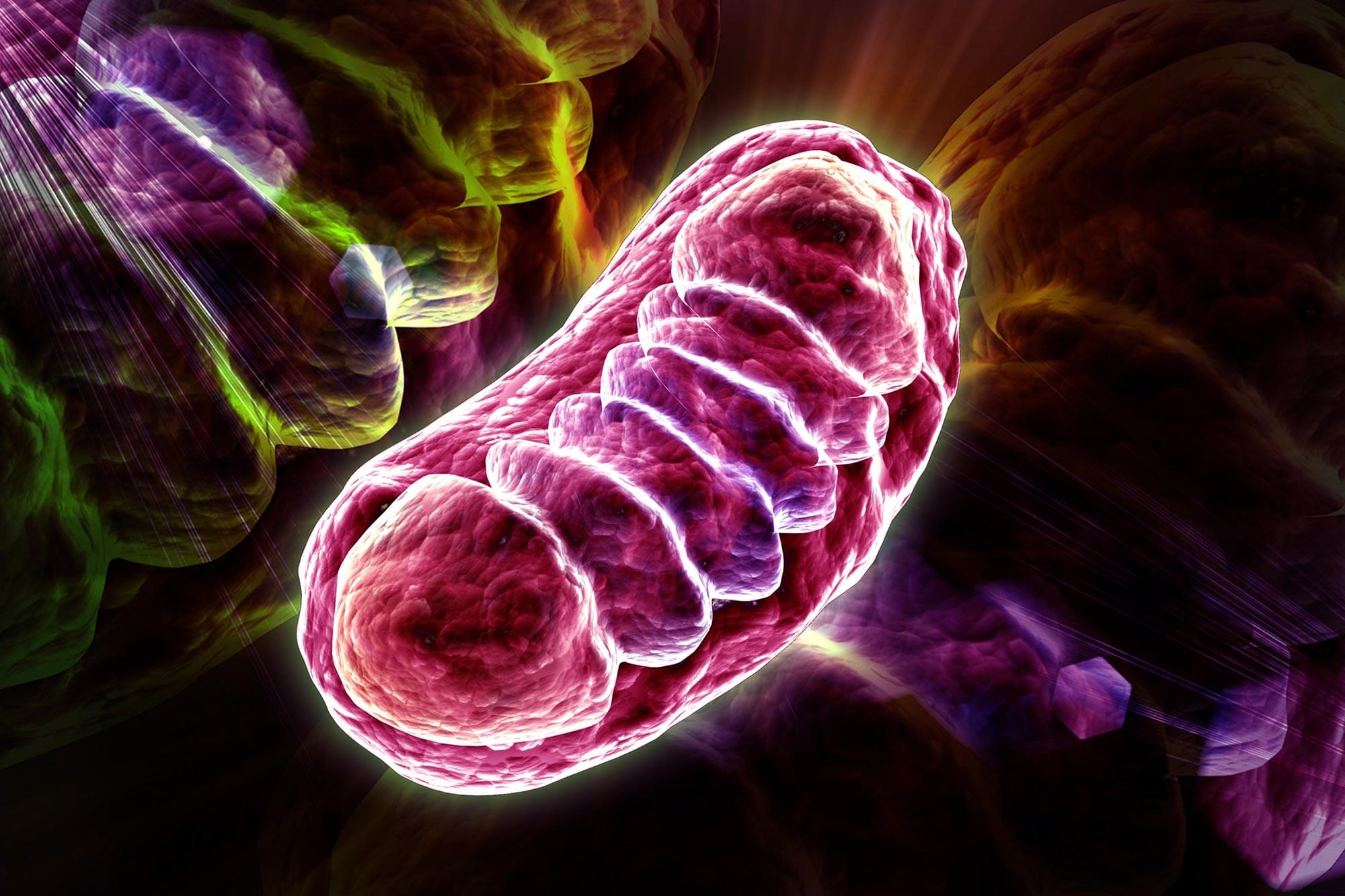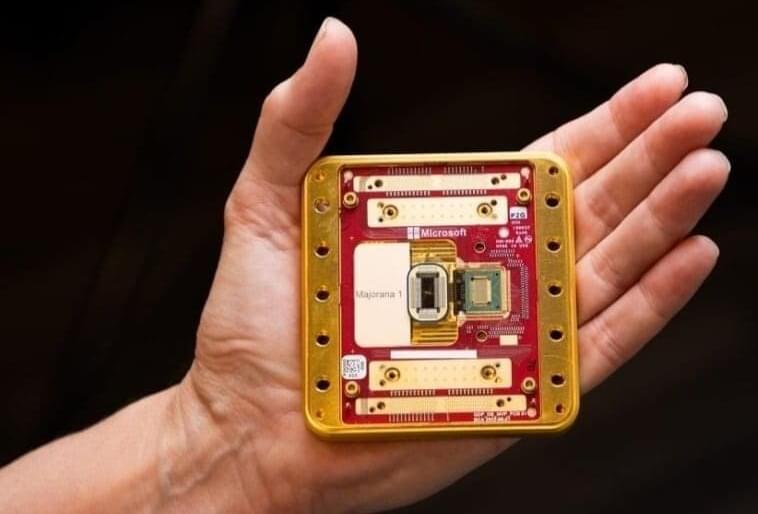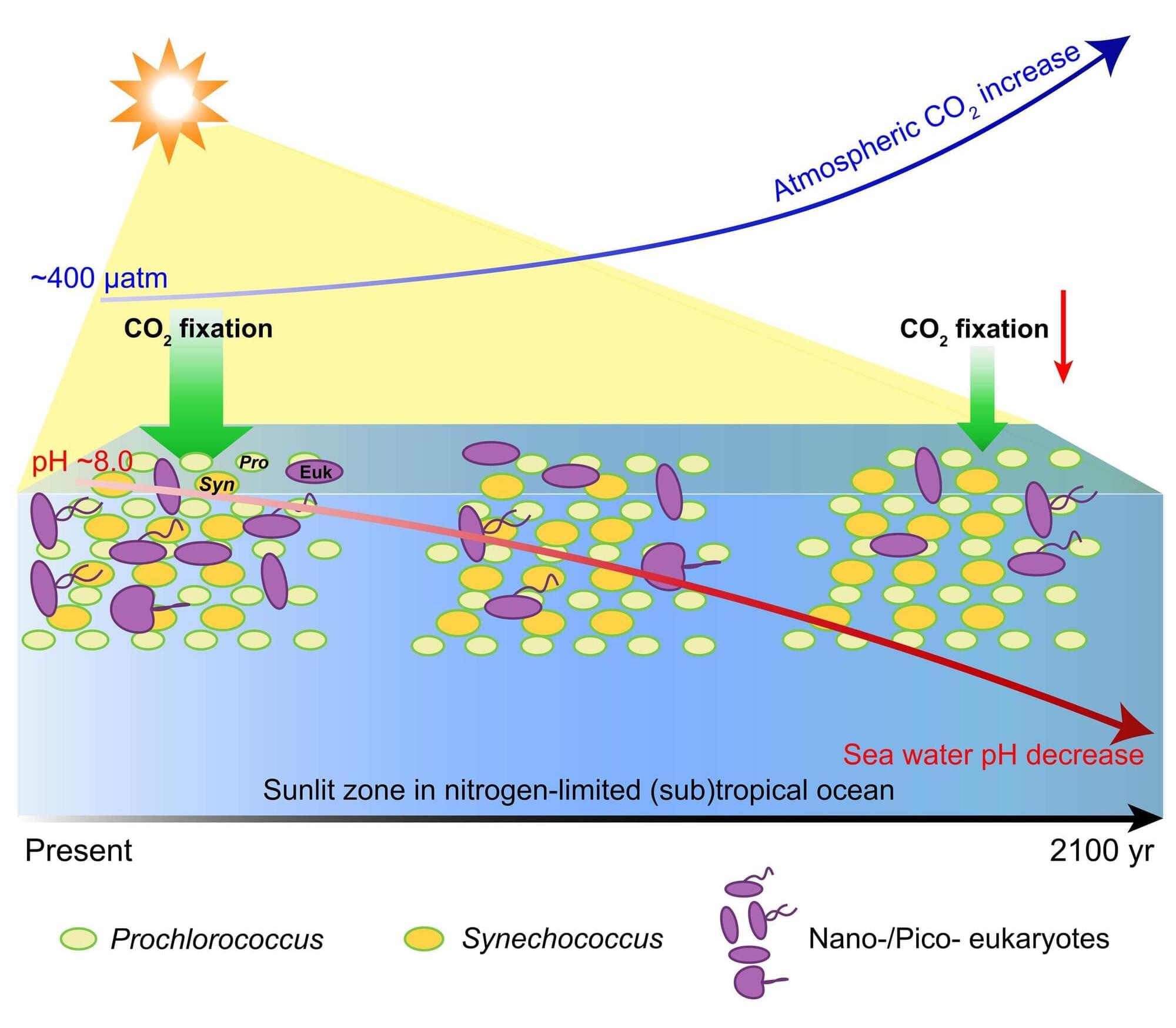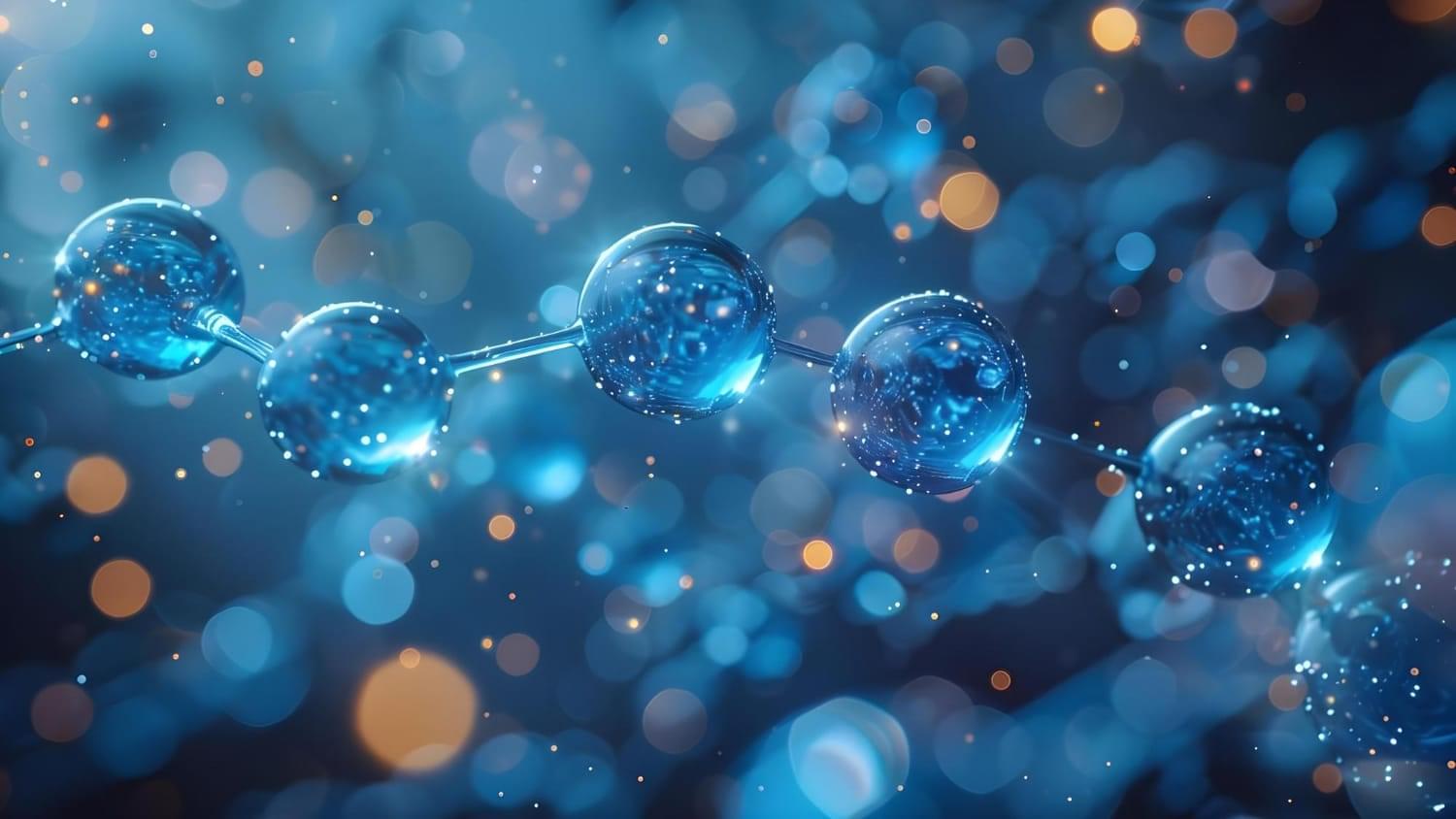A little over a year after releasing two open Gemma AI models built from the same technology behind its Gemini AI, Google is updating the family with Gemma 3.
According to the blog post, these models are intended for use by developers creating AI applications capable of running wherever they’re needed, on anything from a phone to a workstation with support for over 35 languages, as well as the ability to analyze text, images, and short videos.
The company claims that it’s the world’s best single-accelerator model, outperforming competition from Facebook’s Llama, DeepSeek, and OpenAI for performance on a host with a single GPU, as well as optimized capabilities for running on Nvidia’s GPUs and dedicated AI hardware.
Gemma 3’s vision encoder is also upgraded, with support for high-res and non-square images, while the new ShieldGemma 2 image safety classifier is available for use to filter both image input and output for content classified as sexually explicit, dangerous, or violent.
To go deeper into those claims, you can check out the 26-page technical report.
Last year it was unclear how much interest there would be in a model like Gemma, however, the popularity of DeepSeek and others shows there is interest in AI tech with lower hardware requirements.




